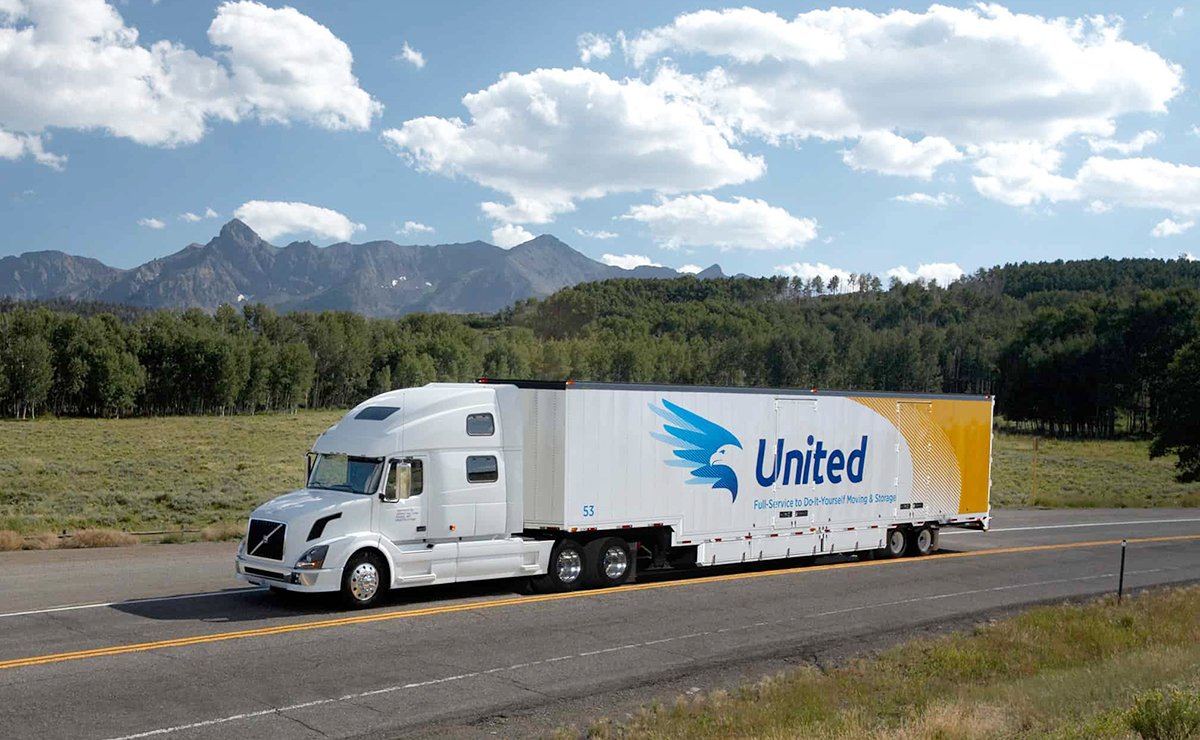| Transportation’s moving target: Wave of relocations prompted by COVID-19 |

Americans are getting more comfortable with the idea of moving around again.
Quite literally. As the COVID-19 pandemic grinds on, the number of U.S. residents looking to pull up roots and move elsewhere within the country is on the rise.
Whether because of concerns about being cooped up in major cities or the newfound flexibility provided by remote work, the percentage of U.S. residents requesting a move from United Van Lines rose 32 percent in September compared with the same month in 2019.
That stands in dramatic contrast to the early months of the pandemic, which brought moving activity down 26 percent in March and 31 percent in April over the 2019 data.
United Van Lines surveyed 6,000 customers between March and August 2020, and their answers offer a fascinating glimpse at how Americans are weathering the pandemic and plotting coping strategies that portend substantial shifts in, among other things, everyday transportation needs.
Places with the highest percentage of movers who listed COVID-19 as a contributing factor in their departures?
Washington, D.C., New York, Nevada and Oregon. The top inbound states receiving those concerned with COVID-19: Vermont, North Dakota, Connecticut, Montana and Michigan.
Concerns for personal and family health are the primary catalyst for movers whose decisions have been influenced by COVID-19, followed by a desire to be closer to their families, according to the survey. Changes in employment status and ability to work remotely, along with the desire for lifestyle and quality of life improvement are also top factors.
While COVID-19’s immediate effect on transportation has been well documented, with fluctuations in vehicle miles traveled, diminished ridership on public transit and a plunge in the number of air passengers, it’s worth considering what ripple effects might come from the migration underway further down the road.
How would a remote work force over the long haul affect traffic congestion? How will the exodus underway in San Francisco and New York impact public-transit ridership? Will vehicle sales diminish if workers no longer need their commuter cars?
Perhaps it’s too early to have any firm answers. But the changes occurring are swift. And we’re only at the beginning of understanding how these big moves might affect the way so many get around.
— Pete Bigelow
What you need to know
Hyundai steps up plans for flying cars Hyundai is stepping up its development of flying cars and is planning a full lineup of aerial vehicles that it envisions taking to city skies within a decade, Bloomberg reports. Hyundai Motor Group is developing models that will carry five or six people within metropolitan areas and a bigger version to fly between cities, Jaiwon Shin, head of its urban air mobility unit, said in an interview. The company expects to enter the market in 2028, he said.
New EVs target demand for crossovers Even before it reaches dealerships this fall, the Ford Mustang Mach-E is getting a price cut of up to $3,000. It’s a testament to the looming competitiveness of a segment — battery-electric crossovers — that barely even exists at the moment. Ford, Volkswagen, Hyundai and Nissan are joining Tesla’s Model X and Model Y by shifting their electrification focus from cramped compliance cars to more-appealing crossovers and SUVs that hit at the heart of today’s internal-combustion market.
Waymo expands driverless rides Since December 2018, Waymo has provided fully driverless rides to a small group of hand-picked users in metro Phoenix. Starting Thursday, the company will offer those rides to a greater swath of riders. All of the rides in Waymo’s test bed will be fully driverless — with no human safety driver aboard — for at least several weeks, the company said Wednesday. Those rides will be open to anyone who is a member of the company’s Waymo One ride-hailing program.
Roundup
Uber, Lyft spend big in Calif. to oppose gig-worker law.
Canada’s federal and Ontario governments are each chipping in more than $250 million to mass-produce electric vehicles — and the batteries that power them — at Ford’s Oakville, Ontario, plant.
Toyota, Hino to develop fuel-cell electric commercial truck for North America.
Here are (nearly) 100 EVs headed to the U.S. through 2024.
Volvo confirmed it will build a small electric car.
Mazda is introducing its MX-30 compact crossover in Japan as a mild hybrid first, not a full-electric vehicle. A version of the new nameplate will be the first to get a revived rotary engine.
CEO Elon Musk says Tesla has a chance at producing 500,000 cars this year, according to an internal email seen by Reuters.
Meanwhile, Tesla warns workers at its auto plant in Fremont, Calif., that an employee allegedly “maliciously sabotaged” part of a factory last month.
Toyota-Panasonic JV to build lithium ion batteries for hybrids.
Mercedes-Benz details plans for six new EVs.
When it comes to the emerging electric vehicle market, “range anxiety” is evolving into “charger anxiety.”
Hyundai presented the first seven hydrogen-powered trucks to customers in Switzerland.
Tesla has dissolved its U.S. media relations team, website Electrek reported on Tuesday.
Brain food
If history is any guide, California’s plan to end sales of gasoline-burning vehicles in 2035 could have a ripple effect nationwide, Automotive News reporter Laurence Iliff writes.
Last mile
General Motors plans to reveal its long-anticipated Hummer electric pickup during Game 1 of baseball’s World Series on Oct. 20.